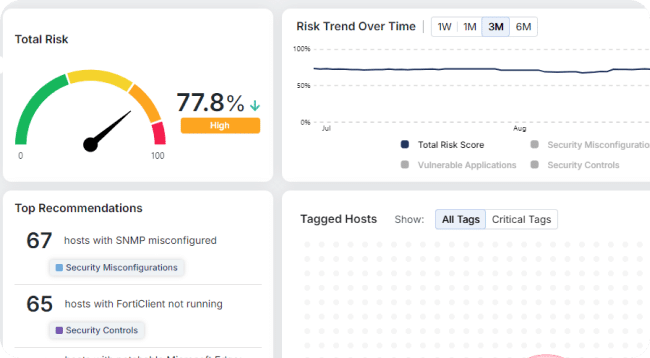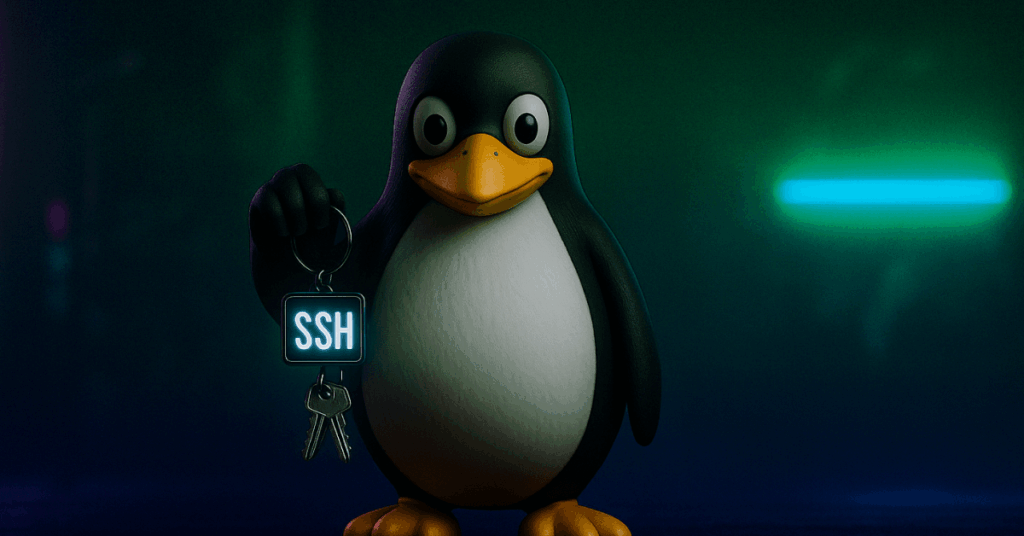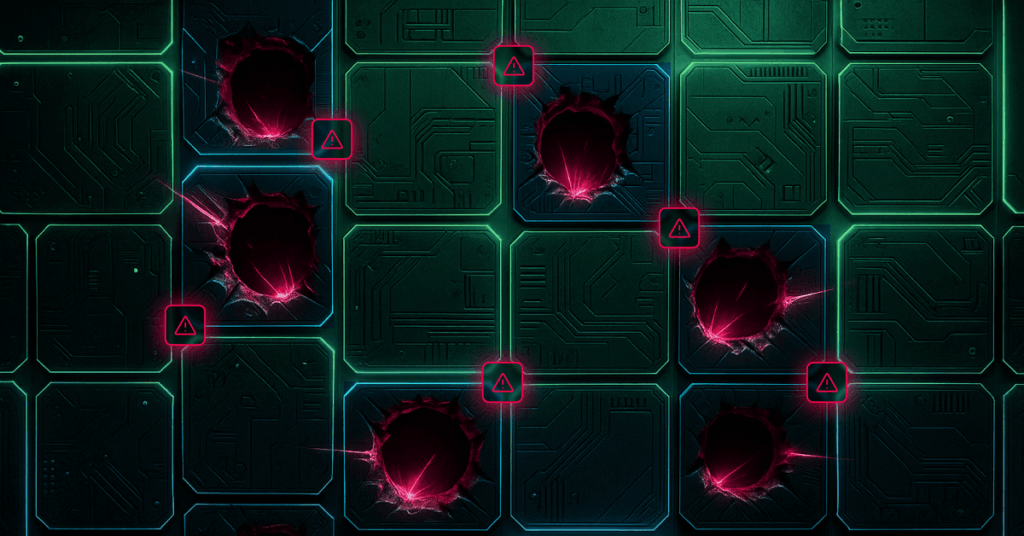Remote Workforce Security: Why Anti-Ransomware is Essential in Your Hybrid Tech Stack

Five years after the pandemic disrupted traditional office life, remote and hybrid work have settled into a durable, long-term pattern.
The numbers tell the story: as of mid-2025, about 27% of paid workdays in the U.S. are remote, a level that has remained consistent since 2022. Among remote-capable roles, 51% of employees are hybrid, 28% fully remote, and only 21% fully on-site. Office attendance has stabilized around 52–54% of pre-pandemic levels, with little change over the last two years.
Flexibility is still the norm for large enterprises—66% of U.S. companies and 71% of the Fortune 100 offer hybrid policies, typically requiring three days in the office. Certain industries, especially finance, insurance, tech, and professional services, continue to see the highest share of hybrid and remote employees.
While the pandemic surge has cooled, hybrid and remote are now permanent fixtures in the modern workplace. That reality has profound consequences for cybersecurity.
How Threat Trends Have Shifted
As remote work became permanent, cybercriminals adapted quickly. The attack surface expanded to include home Wi-Fi networks, personal devices, unpatched VPNs, and SaaS apps outside of IT’s control.
By 2025:
- 92% of IT professionals report remote work has increased cyber threats.
- 38% of cyberattacks specifically target remote infrastructure such as routers and VPNs.
- 29% of ransomware infections originate from remote endpoints.
Phishing remains the most common entry point—responsible for 43% of breach attempts—but attackers are diversifying. Unpatched personal devices (22%), misconfigured VPNs (14%), and remote desktop protocol (RDP) misuse (11%) are all frequent vectors. Social engineering has also evolved: voice phishing and AI-powered impersonation scams rose more than 20% in 2025, often disguised as fake Zoom or Teams invites to harvest credentials.
Why Remote Workers are Easy Targets
Remote work creates fertile ground for attackers for three reasons:
- Expanded Attack Surface — Every remote endpoint is a potential gateway. Employees mix personal and business devices, connect from unsecured networks, and often bypass VPNs—leaving attackers with more doors to knock on.
- Shadow IT Growth — Remote teams frequently adopt their own tools without IT approval. Shadow SaaS grew 28% year-over-year, while 42% of teams use unvetted file-sharing apps. This proliferation creates blind spots in visibility and policy enforcement.
- Credential Dependency — With identity becoming the perimeter, attackers exploit weak or stolen credentials. In fact, 62% of breaches in 2025 involved compromised remote access credentials.
Combine these realities and you get a threat environment where traditional network-based defenses struggle to keep up. Recent years have underscored the seriousness of these risks.
- AI-driven impersonation scams are skyrocketing, tricking employees into transferring funds or granting access through realistic voice and video deepfakes.
- Attackers have launched fake Zoom and Teams invites to spy on employee activity and steal login credentials.
- The North Korean remote worker scheme is perhaps the most brazen example: operatives used false identities to land remote tech jobs in the U.S. and Europe, gaining access to sensitive corporate data and funneling millions of dollars back into the regime’s weapons program.
These incidents highlight how threat actors exploit the very tools that make remote work possible. Ransomware has become one of the most prevalent and damaging threats in remote environments.
Remote breaches are:
- Costly – averaging $4.56 million per incident, with 39% more insurance claims year-over-year.
- Slower to resolve – taking 58 days longer to contain than non-remote incidents.
- Widespread – impacting an average of 22,000 records per attack.
Attackers are succeeding because ransomware thrives in decentralized environments with fragmented oversight and inconsistent patching. Remote and hybrid workforces fit that profile exactly. Without proactive protection, every endpoint is a liability.
How Morphisec Can Help
Protecting a hybrid workforce requires more than patching gaps or layering on incremental monitoring—it demands a preemptive, purpose-built approach to ransomware defense. That’s exactly what Morphisec delivers with its Anti-Ransomware Assurance Platform.
At the core of the platform is Automated Moving Target Defense (AMTD), which proactively prevents ransomware from executing, regardless of how or where it enters. By morphing the memory space and creating a moving target for attackers, AMTD stops advanced threats before they ever trigger an alert—eliminating the need to detect, analyze, or chase them after the fact.
Why the Morphisec Platform Fits the Hybrid Era
- Endpoint-First Coverage: Whether employees are at home, in the office, or on the move, every endpoint is shielded from fileless, zero-day, and evasive ransomware attacks.
- Agent-Based Deployment: Lightweight and frictionless for IT, Morphisec agents are easy to roll out across a dispersed workforce without performance impact.
- Integrated Assurance: The platform combines deterministic ransomware prevention, exfiltration protection, and adaptive recovery into one cohesive stack, delivering confidence that attacks can’t spread, data can’t be stolen, and operations can recover quickly.
- Seamless Ecosystem Fit: Morphisec works alongside EDR solutions you already use, including Microsoft Defender, CrowdStrike, SentinelOne, Palo Alto, and more, strengthening existing investments rather than duplicating them.
- Proven at Scale: Already defending 7,000+ organizations and millions of endpoints worldwide, Morphisec’s approach has stopped thousands of ransomware attacks daily, including sophisticated campaigns that slipped past other defenses.
The result? Organizations gain true ransomware assurance: confidence that employees can work securely from anywhere without introducing catastrophic risk.
Don’t Wait Until It’s Too Late
Hybrid work is not a temporary trend—it’s the default reality. Yet attackers are exploiting it every day, from fake Teams invites and deepfake scams to ransomware seeded through unsecured endpoints. With 29% of ransomware infections starting at remote devices and the average breach costing $4.56 million, organizations that treat ransomware as “just another risk” are gambling with their future.
Ransomware isn’t slowing down. It’s evolving faster than defenses built on detection and response. The only way forward is a preemptive posture that guarantees ransomware cannot execute—no matter how it’s delivered.
Morphisec’s Anti-Ransomware Assurance Platform makes that guarantee real.
By embedding preemptive prevention into the hybrid tech stack, security leaders can safeguard employees, customers, and critical operations against the most destructive threat of our time.
The question isn’t whether ransomware will try to exploit your remote workforce. It’s whether you’ll be ready when it does.
With Morphisec, you will. Download a complimentary copy of the Surfing the Cybersecurity Wave: A Deep Dive into the Gartner Hype Cycle for Endpoint and Workplace Security, 2024 report to explore three key emerging technologies and how they’re changing endpoint and remote workforce security.
Stay up-to-date
Get the latest resources, news, and threat research delivered to your inbox.




















